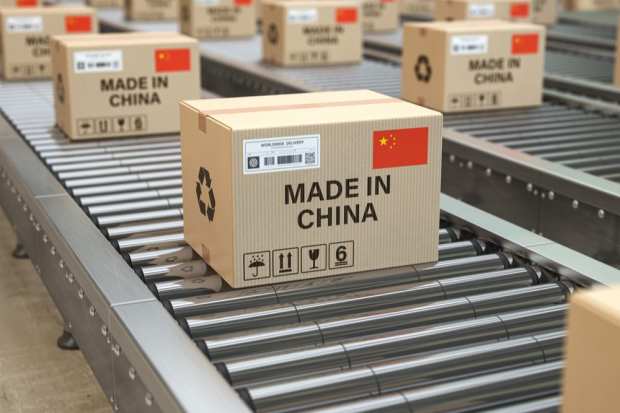Uncle Sam Considers Payments For Companies To ‘Reshore’ Factories

Will the U.S. government pay American companies to “near shore” supply chains, incentivizing a pivot away from China?
In an interview Tuesday (May 26) with Fox Business, chief White House economic adviser Larry Kudlow said, “We welcome any Americans companies in Hong Kong or China mainland. We will do what we can for full expensing and pay the cost of moving if they return their supply chains and their production to the United States.”
The comments come after some Trump administration officials and members of Congress floated the idea earlier this month of a “reshoring fund” worth as much as $25 billion to help U.S. companies make the switch. That’s just one of a several possible initiatives, such as subsidies and tax breaks, that would tip supply chains back toward domestic production.
Earlier this month, President Donald Trump signed an executive order invoking the Defense Production Act to grant expanded authority to the U.S. International Development Finance Corp. to invest in domestic supply chains. According to the order, the new authority includes the ability to “to make loans, make provision for purchases and commitments to purchase, and take additional actions to create, maintain, protect, expand, and restore the domestic industrial base capabilities, including supply chains within the United States and its territories.”
It should be noted the move limits lending just to firms involved in the coronavirus response and recovery, such as medical supply companies. But Trump said at an event earlier this month: “My goal is to produce everything America needs for ourselves and then export to the world, and that includes medicines.”
Meanwhile, Reuters recently reported that Trump ally Sen. Lindsey Graham (R-S.C.) is expected to soon unveil a bill aimed at decreasing reliance on China for goods. The Office of the United States Trade Representative estimates that U.S. imports from China accounted for 21.2 percent of overall U.S. imports in 2018. The agency estimates that the top import categories included electrical machinery at $152 billion and machinery at $117 billion.
As for the $25 billion fund, Reuters reported that several unnamed congressional aides have acknowledged the idea is part of the “broader discussion in Congress,” and that states might be able to administer such funding through state-level economic development organizations.
Beyond the particulars of these policies — and whether such “reshoring” initiatives would stretch well beyond the confines of medical supply chains — it seems that U.S. manufacturers would be receptive to a pivot.
Thomas Publishing, which researches and connects stakeholders across the industrial space, recently found that 64 percent of more than 870 North American manufacturing and industrial sector professionals would be “likely to bring manufacturing production and sourcing back to North America.”
Drilling down a bit, 28 percent of manufacturing professionals added that it would be “extremely likely” to bring manufacturing back to the United States in the pandemic’s aftermath.
Separately, management consulting firm Kearney estimated in its latest Reshoring Index that imports from more than a dozen traditional Asian partners fell in 2019 even as U.S. domestic output remained steady. Imports of manufactured goods from 14 Asian key nations shrunk to $757 billion last year from $816 billion in 2018, a 7.2 percent decrease.
Much of the decline came from a 17 percent drop from China. But conversely, U.S. domestic manufacturing hit $6.2 trillion in 2019, relatively unchanged from the year before.
So, the stage may indeed be set for a deeper push toward “reshoring.”